With Rise to the Occasion, we see the return of the infamous The Silver Hand. However, this time there are some other tools included with it, as when you combine an already somewhat oppressive hero power with a base +2+2 buff, as well as other permanent buffs you can give your silver hand recruits through cards like Lothraxion the Redeemed and Pursuit of Justice, paladin has potentially one of the strongest buttons to press in the game. Combine this with a questline asking you to play innately aggressive cards and this quest has the potential to compete in the early game against other aggressive decks while still beating out control in the long game. Cards like First Day of School and Pen Flinger help with the consistency of completing the quest, but are the 3 different one drops per step too much of a task for the class?
Parameters for the Statistics
Before jumping into the breakdown, I would first like to give the conditions behind a lot of the calculations you will see in this article and almost all the future ones. In every scenario, I assume the player goes first and hard mulligans everything but the questline to find the key cards to accomplish the quest, and then prioritizes completing the questline with the hypothetical opponent not applying much pressure. In addition to that, unless a percentage is stated, assume that the given scenario will happen 50% of the time. With this out of the way, let us dive into this questline!
Decklist
Quest Completion Breakdown
Before going into each step, let's talk about the tools we have to further the quest. To put it simply, if you draw into First Day of School or Pen Flinger, you are going to complete the quest very fast. Luckily, there is about a 54% chance to have seen at least one copy of either First Day of School or Pen flinger by the first turn. While that 46% is going to feel bad given the fact that so much of the quest’s power falls on finding one of those two cards early, you are more likely than not to find the cards needed to get a reasonably paced quest. In addition to those two, Blessed Goods is also very good at speeding up the process, being able to provide two 1 drops for the price of 1 card. There is also the case of Libram of Wisdom, which can become a 1 drop, but for the sake of simplicity, all the calculations did not include it as such as it does not make much of an impact.
If we were to ignore any acceleration cards like First Day of School can provide us, we can expect to draw into enough 1 drops by turn 3, which is a fairly decent time to complete the quest. Cards like Blessed Goods cut this down immensely, as having it be one of the cards used to complete the step lowers down the time it takes to draw enough 1 drops down to turn 1, which is obviously limited by mana. First Day of School also singlehandedly completes the questline step, but having only 2 copies of the card means we can expect to draw it around turn 6, which is much too slow for the first step.
Once again, assuming we are not using any of our cards to speed up the quest, we can expect to finish the quest by turn 8 a solid 61% of the time. However for such an aggressive deck, this time to complete is pretty bad, especially for only the middle step. While still good, Blessed Goods also does not speed things up tremendously, dropping the turn of completion to around turn 6. However, if one of the 1 drops we were to draw was First Day of School, the expected turn of completion suddenly drops to turn 4, meaning you can rapidly fire off the first two steps of the questline if you get fortunate enough. Now here is where things get interesting, specifically for Pen flinger. If used for the first step of the questline, we can expect to be done once again by turn 6, similar to Blessed Goods.
Finally, we arrive at the last step of the questline, needing a total of nine 1 drops from the deck. WIthout acceleration, we can expect this to be done at around turn 13, which is once again pretty bad. However, more often than not we will have some tool to help speed up the progress of things. Blessed Goods can cause us to finish around turn 11, while First Day of School lets us finish on turn 9 a bit under half of the time. If we’ve been using Pen flinger every step along the way, the turn of completion is also around 9. However combine any of these three and suddenly you are completing the last step significantly faster. Blessed Goods with either of them will take on average 7-8 turns. When combining Pen flinger with First day of School, suddenly we can expect to have drawn enough 1 drops to complete the quest turn 7 over 60% of the time, which is a very fast clear for something that requires 9 cards.
Reward
So now the question just depends on when you can expect to complete each individual step of the questline. Finally, there’s the questline reward in Lightborn Cariel, which has all the math back in the quest completion breakdown section. 6/6 worth of stats for 2 mana is on par with Jaraxxus’s INFERNO!, which is one of the strongest control finishers right now. However, when combined with the other Silver Hand Recruit global buff cards, this hero power blows it way out of the water. However I worry that by the time you have made this behemoth of a button to press every turn, it will be too late since there is quite a bit of set up. If you were to use this quest in a more midrange deck, there is also the issue of having the opponent be dead or close to dead by the time you finish this questline.
What do you think of the Paladin Questline? I think there is a fair amount of potential in it, and there is something about just pressing the button every turn and creating such a menacing board that is incredibly appealing to me. I've always had a bit of a soft spot for Silver Hand Paladin and I hope this quest finally gives it the time to shine in the spotlight for a bit. Once again, if you have any questions about the math behind any of the numbers shown in the article, let me know and I can explain it a bit further. Hope you enjoyed and I'll see you all in the next one!
Learn More About Stormwind's Other Questlines
We have a whole series of articles planned for the questlines. Here's everything published so far:
- Demon Hunter's Final Showdown Legendary Questline
- Druid's Lost in the Park Legendary Questline
- Hunter's Defend the Dwarven District Legendary Questline
- Mage's Sorcerer's Gambit Legendary Questline
- Paladin's Rise to the Occasion Legendary Questline
- Priest's Seek Guidance Legendary Questline
- Rogue's Find the Imposter Legendary Questline
- Shaman's Command the Elements Legendary Questline
- Warlock's The Demon Seed Legendary Questline
- Warrior's Raid the Docks Legendary Questline

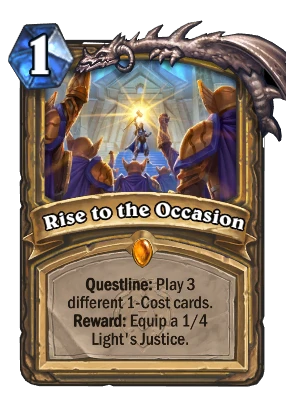
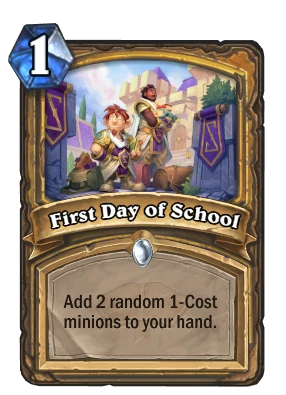
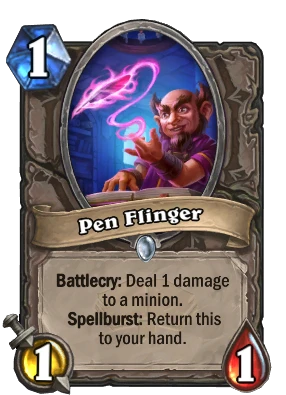
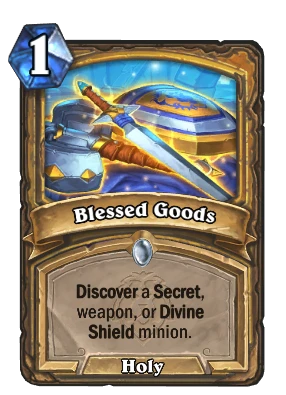
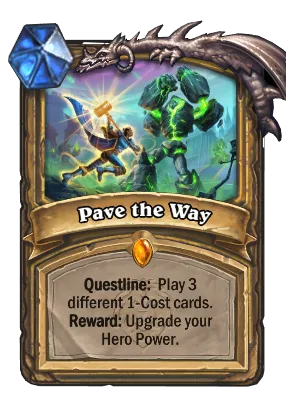
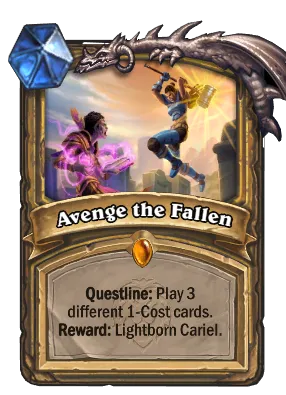
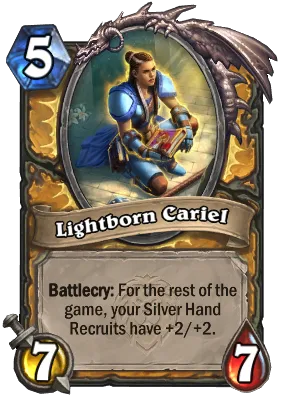
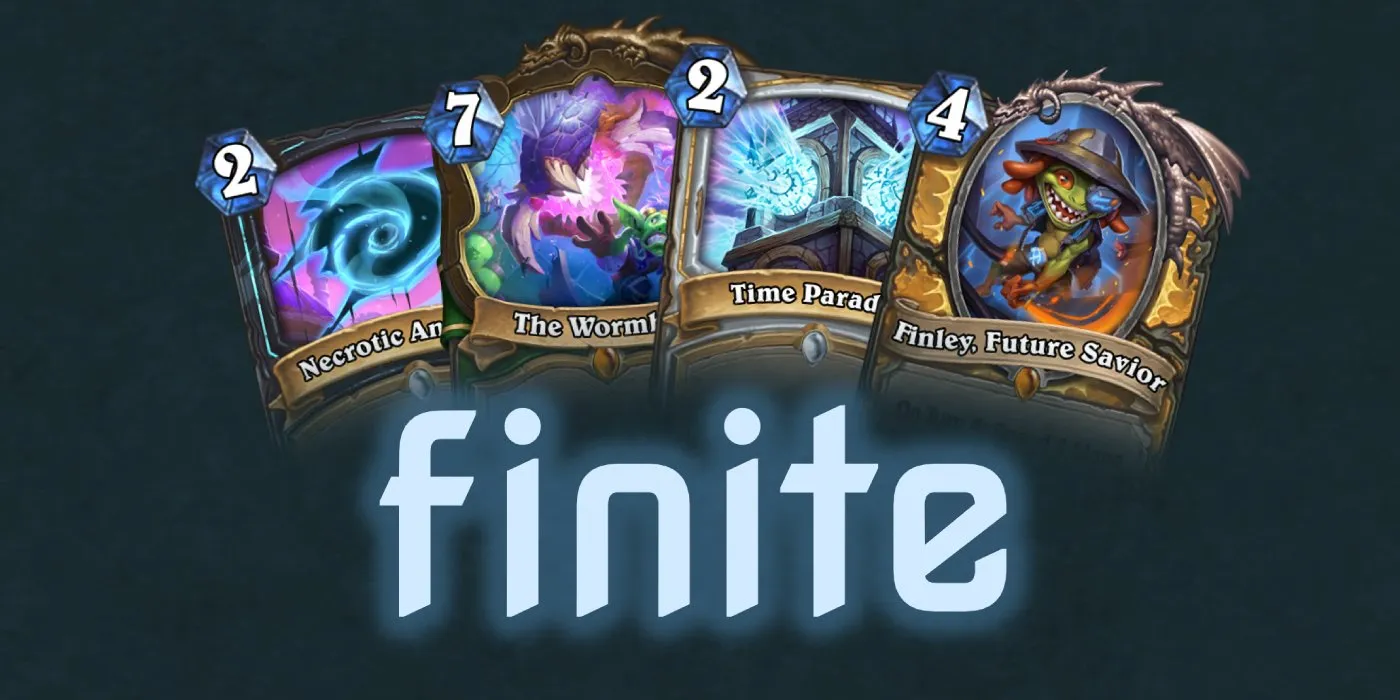
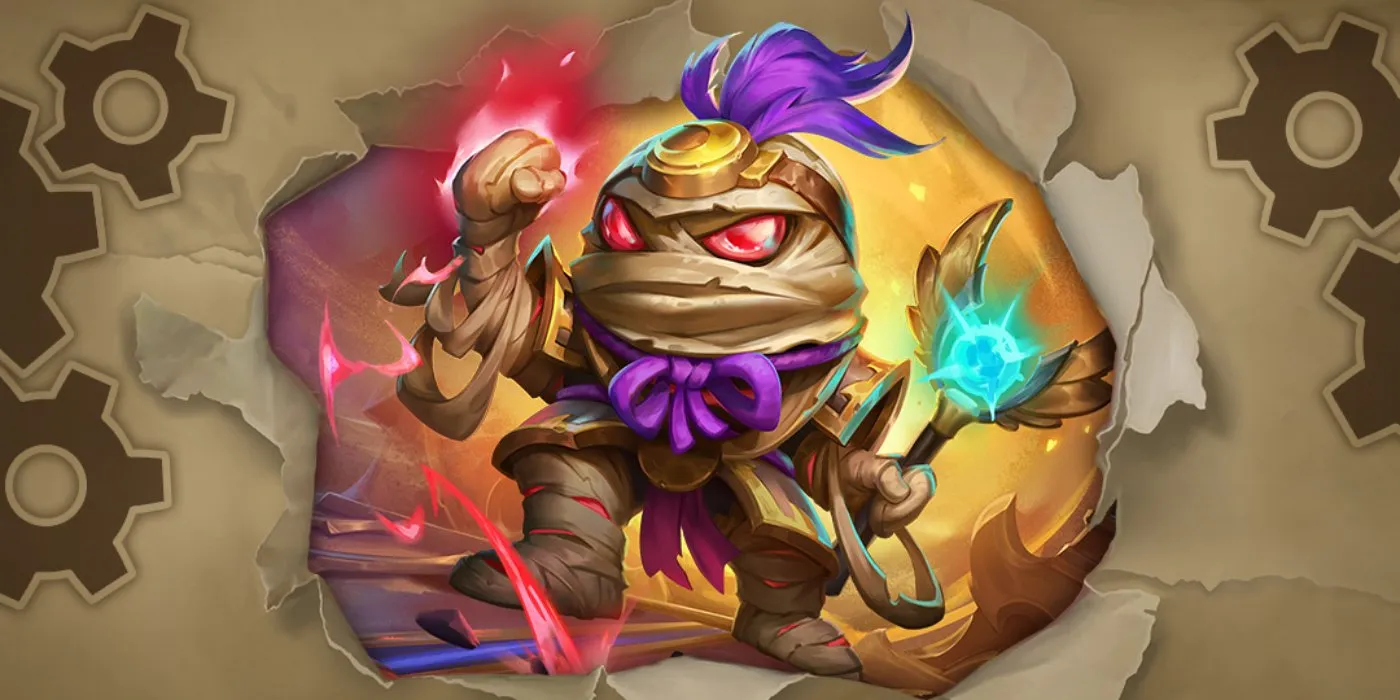
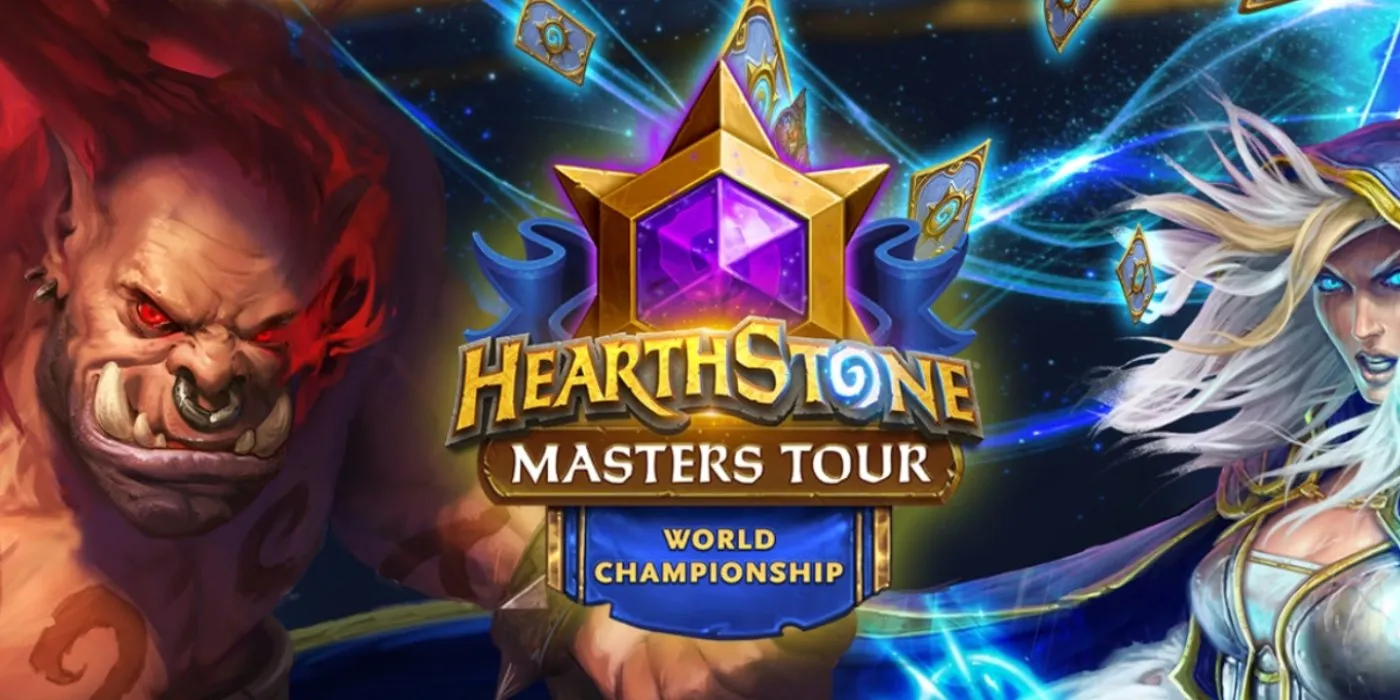
Comments
Because the wording says "Play 3 different 1-Cost cards" rather than "Play 3 1-Cost cards", I read that as "Play 3 differently-named 1-Cost cards". I would expect that you couldn't, for example, play Pen Flinger, Blessed Goods, Pen Flinger again to complete a given step, because that's only 2 "different" cards. Or has it been clarified that the cards don't actually have to have different names?
We've gotten clarification from two different sources saying two different things and I haven't had the time to check out all the theorycrafting streams to see if it works the way I think it does. That being said, the Pen Flinger -> Blessed Goods -> Pen Flinger example you provided was accounted for in the math. The only time Pen Flinger speeds things up would be when you draw it in an earlier step, and then finish that step, allowing you to use Pen Flinger for more progress.
You say 54% chance of seeing one copy of these cards by turn 1, then in the next sentence it's 46%.
I realized I have no clue how to calculate that. I figure going first in the mulligan since one slot is taken by the questline, that's 4/29, then 4/28, and if you toss those 2, then 4/27, then 4/26. Finally, 4/27 again to draw at the start of turn 1. If I add those together I get 73%, and multiplying gets me some ridiculously tiny number.
The 46% is refering to the chances of not finding one of those cards by the turn. Sorry if that was not clear enough.
As for how most of calculations were done, there is too many ways of calculating, these being either hypergeometric distribution, which finds the odds of finding success given a total population size, the amount of successes within the total population, the sample size, and the amount of successes we want to see. The other method is through a formula such as 1-((x-4)*(x-5)*(x-6)*etc)/(x*(x-1)*(x-2)*etc), where X is the cards in deck. What this equation does is calculate the chances of not drawing the desired card, and then the 1- part finds 'flips it' to figure out the chances of drawing the cards we want.
Come to think of it, adding like that is obviously wrong because the probability exceeds 100% within 2 or 3 turns, but in reality they could be the last 4 cards in the deck. I just tried adding because even though probabilities are generally multiplied i.e. probability of flipping a coin and getting heads three times in a row is 1/2*1/2*1/2=1/8, it came to like 3/50000. I think I may have been calculating the probability of drawing 1 of 4 cards, then doing it again, etc. Maybe I need a review of combinatorics.
Does the sequence in the numerator start at x-4 because we are looking at 1 of 4 cards? X being 30 because this is Hearthstone, right?
Yep, it starts at x-4 because that leaves us with the amount of cards in the deck that arent 1 of the 4 cards we are looking for. It gets larger as it goes on because we draw more cards, reducing X. X initially starts at 30, but realistically you would just replace X with whatever the current library size is when you start the calculations. For example, if theres 24 cards left, you'd start with 1-((24-4)*(24-5)*etc)/(24*(24-1)*etc).